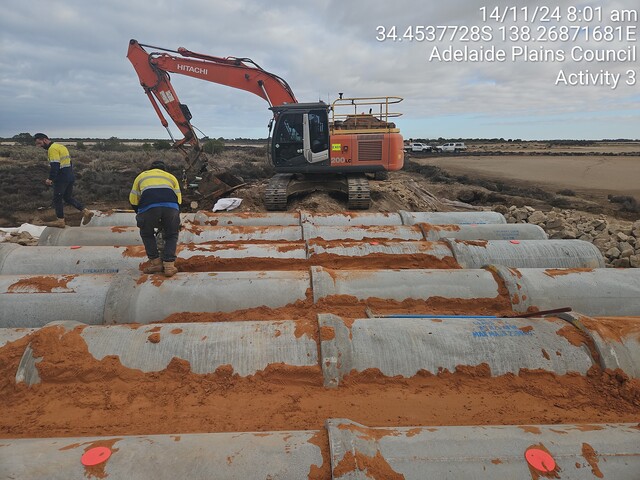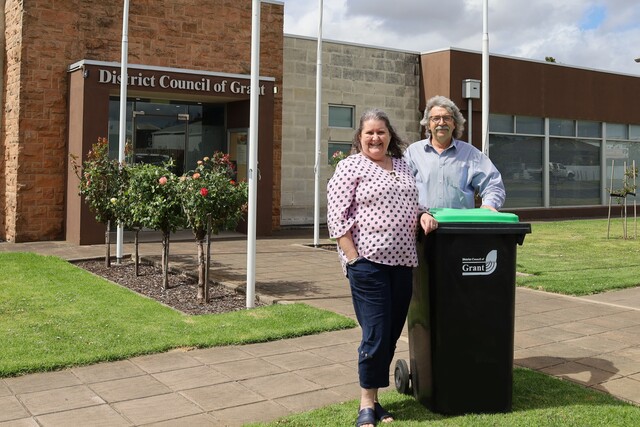Adelaide Hills, Manager Built and Natural Assets
Adelaide Hills Council, located in the beautiful hills to the east of Adelaide, is not dissimilar to many councils that straddle the urban fringe and rural areas. With a mixed demographic and a range of property sizes ranging from farming land to historical winter residences for the State’s early elite, the challenges from an asset management perspective are as varied as the 57 townships in the district.
With a rate base across 18,200 properties spread across 795 square kilometres and a budget of only $45 million, every dollar counts.
The Council is currently renewing its Asset Management plans, identifying a further $3.3 million of previously unrecorded stormwater assets. With the assistance of the Australian Road Research Board, the condition of sealed roads is being reviewed with the aim of improving the data that informs a major component of the Long Term Financial Plan.
Two recent projects have generated significant interest and employed techniques that may have a broader application.
Permeable paving for parking around significant street trees
Druid Avenue with its off street parking in the centre of leafy Stirling is a popular destination for tourists and visitors. The strikingly beautiful features of this street are the oak trees that provide shade for cars as act as a canopy for the monthly Stirling Markets, when the avenue is closed to traffic and stalls line the road and car park.
The oak trees however were beginning to show stress due partly to the reduction of rainfall and soil compaction.
Permeable coloured concrete paving has now been installed over a deep bed of gravel capturing the rainfall in the voids, allowing a greater percentage of water to reach the root zone and slowing the water reaching the stormwater network in high rainwater events.
The projects have been well received by the public with the only criticism being from wearers of high-heeled shoes!
Living Neighbourhoods
Living Neighbourhoods is a program created by the Department of Planning, Transport and Infrastructure (DPTI) to encourage local communities to develop projects and initiatives to make their streets more people-friendly and safer.
A road in front of Heathfield High School was selected to trial a less conventional form of traffic calming, to reduce traffic speed and raise awareness of the Heathfield High School and students that regularly use the section of road.
Students were engaged in the design of a road surface pattern that is bright and simple, stretching for a length of the school zone and across the entire width of the carriageway.
Consulting firm Intermethod, were the project managers leading the community ideation workshops, facilitating the community consultation and selecting the appropriate non-slip paint while working in conjunction with DPTI, Council and manufacturers.
Traffic speed data was collected before the project and will be compared to post project speeds to assess if driver behaviour has improved and whether the average speed reduction can be maintained over a long period. Similar projects in other Council areas have seen a marked reduction in vehicle speeds, which is hoped to be replicated at this site.








